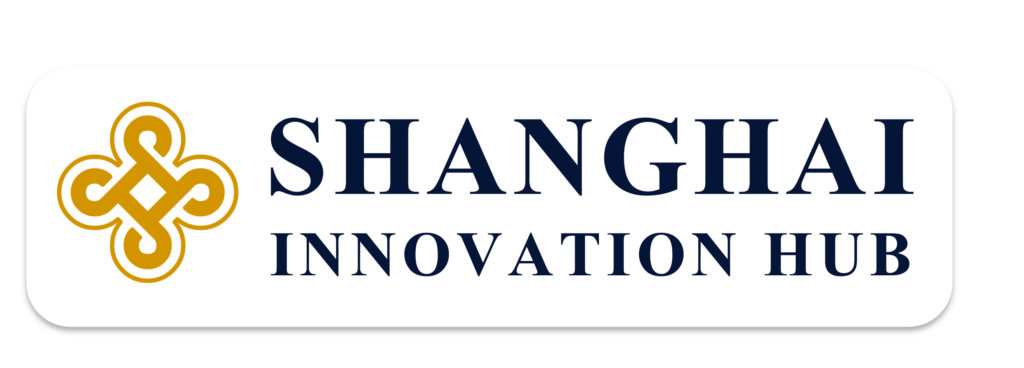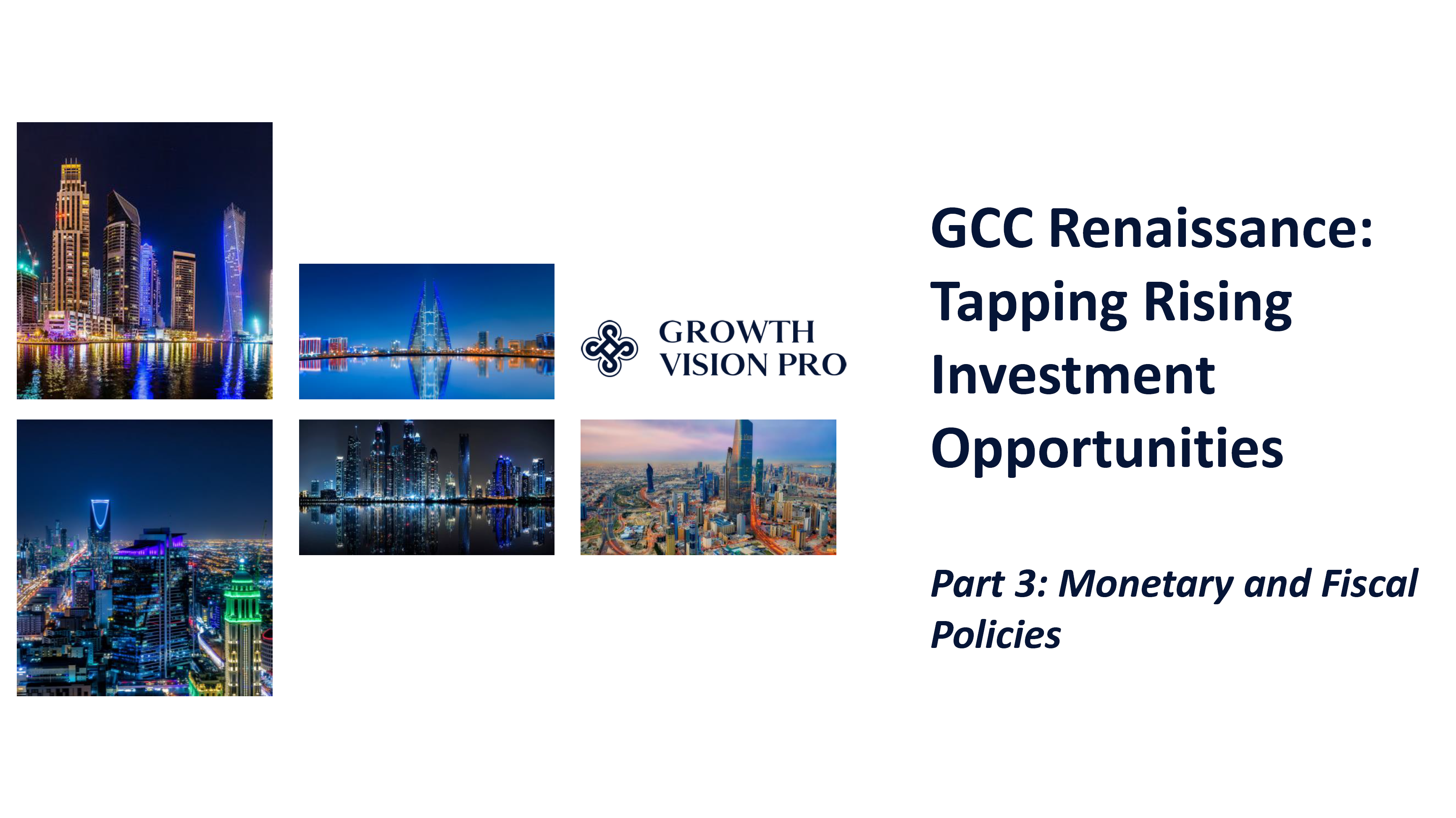Today’s LinkedIn post explores the critical realm of Monetary and Fiscal policies within the GCC, offering valuable insights for businesses eyeing the region for growth. Here are the key takeaways:
1. Oil Resilience:
- GCC stands among the top 20 global oil producers, preserving 33% of the world’s oil reserves.
- This long-term advantage positions them for sustained leadership in oil production, providing a robust foundation for economic growth.
2. Currency Pegging Dynamics:
- The GCC’s commitment to pegging national currencies to the USD maintains exchange rate stability, but challenges emerge during periods of low oil prices.
- Support mechanisms are in place, particularly aiding the GCC’s smaller economies like Bahrain and Oman in defending their currency pegs.
3. USD Influence:
- The base policy rates of all GCC countries align with the U.S. Federal Reserve monetary policy, showcasing the interconnected dynamics in the global financial landscape.
- Kuwait stands out, utilizing an undisclosed currency basket for pegging.
4. Financial Stability Collaboration:
- Leading GCC countries’ financial stability not only secures their growth aspirations but positions them to support neighboring Bahrain and Oman in case of liquidity shortages arising from oil price fluctuations.
5. Business-Friendly Initiatives:
- Qatar, Bahrain, and UAE shine as the most attractive GCC countries for businesses, boasting favorable fiscal policy regimes.
- KSA takes a bold step in 2021, announcing a 30-year tax exemption for foreign companies establishing their regional headquarters—a strategic move to enhance the country’s business appeal.
Stay tuned for more in-depth analyses!













